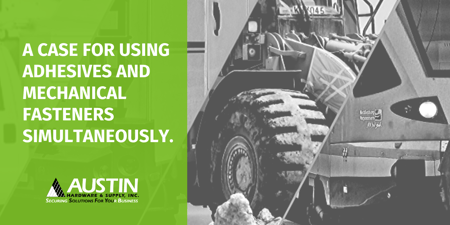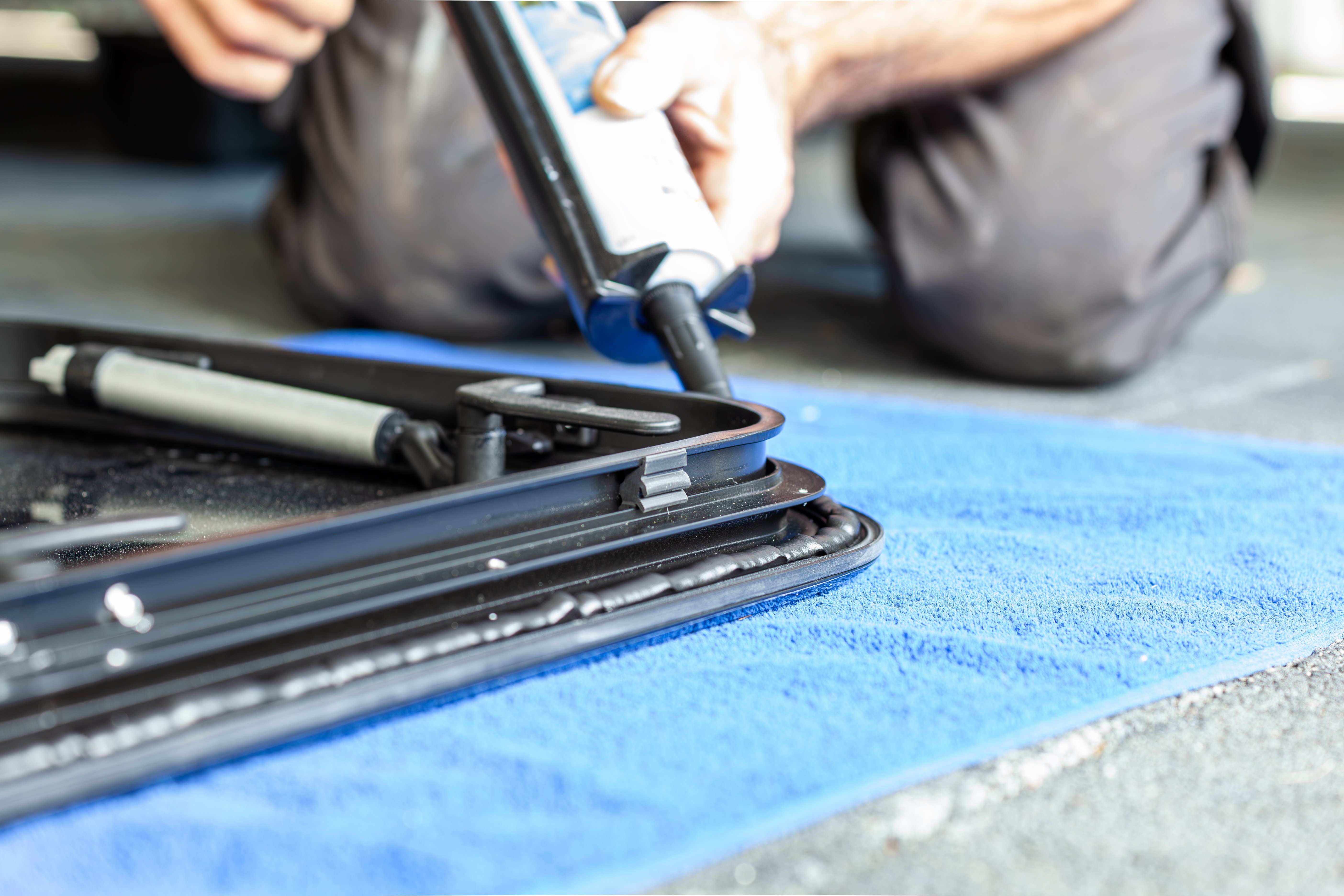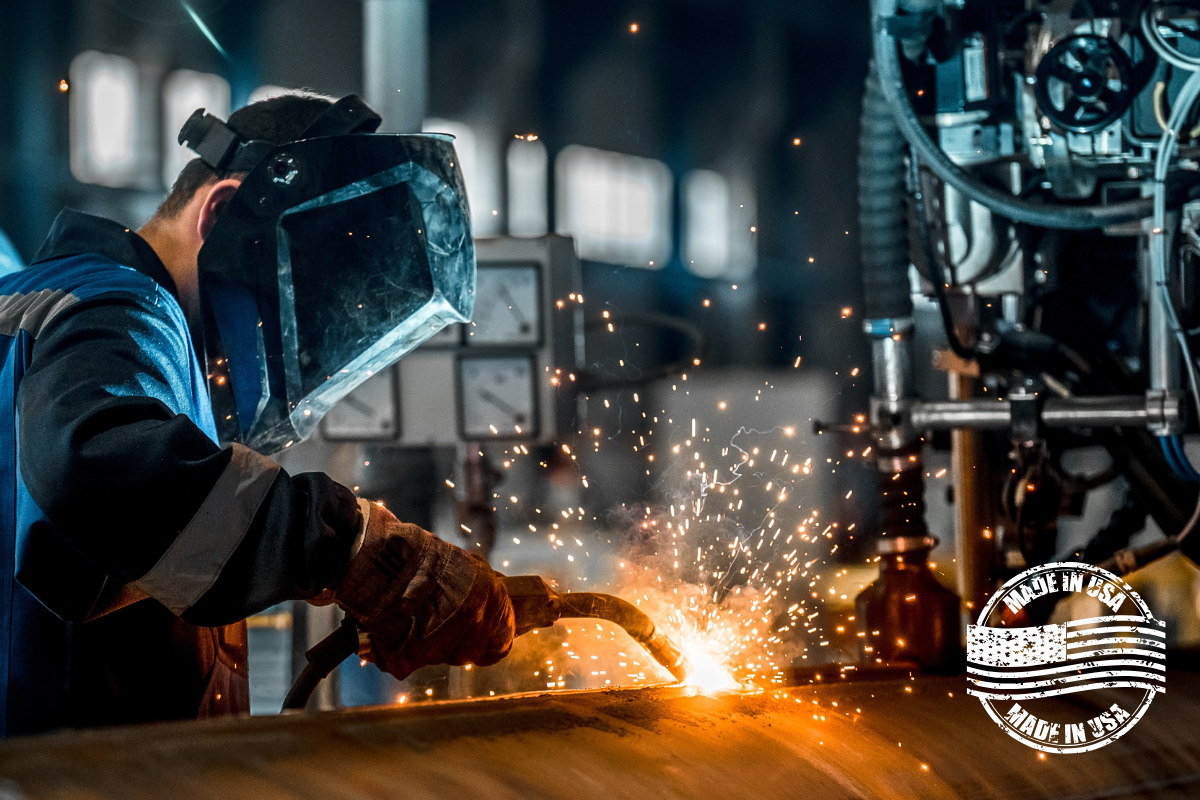
The choice to join metals typically depends on factors such as the type of metal(s) being joined, load-bearing capacity and durability requirements, disassembly and repair factors, and other application requirements. The common ways to join metals include welding, mechanical fasteners, or adhesives. Welding offers excellent structural integrity and load-bearing capacity, making it suitable for heavy-duty.png?width=250&height=167&name=MicrosoftTeams-image%20(85).png) applications. In manufacturing and construction, welding has been a tried-and-true method forever, as its origins trace back over 2,000 years.
applications. In manufacturing and construction, welding has been a tried-and-true method forever, as its origins trace back over 2,000 years.
Similarly, mechanical fasteners have been around in some form since the first century BC. Screws, bolts, nuts, rivets, or clips that mechanically join two or more pieces of metal offer several advantages. These advantages include ease of assembly and disassembly, versatility, and the ability to join dissimilar metals. Fasteners are the mechanism of choice, especially in applications where the joint may need to be taken apart or adjusted in the future. Recent advancements in adhesive technology have led to a shift toward using adhesives as a supplement or substitute for mechanical fasteners and/or a replacement for welding.
As it pertains to welding, there are several reasons for this shift. The advantages of adhesives include a more even distribution of stress across the joint, as well as reducing the risk of fatigue and failure over time. Adhesives also eliminate the need for drilling, grinding, or other surface preparation often required for welding, saving both time and money during manufacturing.
In addition, adhesives can join dissimilar materials, such as metal to plastic or metal to composites, which can be difficult or impossible to weld. Adhesives are also better suited to join components with complex shapes, which can be difficult to weld due to the risk of distortion or warping.

Another advantage of adhesives is aesthetics. While welding can leave unsightly seams or joints, adhesives can provide a seamless and invisible bond that enhances the look of the finished product.
However, there are some limitations to using adhesives as a replacement for welding. Adhesives typically have lower strength than welded joints, which can be a concern in applications with high loads or stress. Additionally, adhesives can be more sensitive to environmental conditions such as temperature and humidity, affecting their performance.

You can mitigate these limitations through proper adhesive selection and careful application techniques. Technological advances have also led to the development of high-strength adhesives that can meet the demands of many applications. A hybrid approach, using both adhesives and mechanical fasteners, can also be a great solution when other factors make welding the least desirable option.
The shift towards adhesives as a replacement for welding is an exciting development in manufacturing and construction. While limitations exist, they are being addressed readily, and the benefits in terms of strength, versatility, and aesthetics make them a great alternative to welding in many applications. As technology evolves, we can expect the number of available applications to expand.
If you are looking for solutions, Austin Hardware is your one-stop shop for adhesives, fasteners, and more. We have extensive knowledge and product offerings for every industry and business. Connect with our sales team to learn more about our solutions for your business: contact us.








